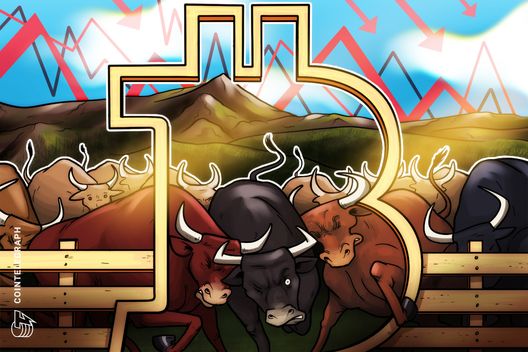Recent analysis reveals a notable decline in activity within the Bitcoin network, even as its price climbs to historic highs. Observations show a significant drop in transaction volume, causing concern among market observers. These findings suggest that contrary to expectations of increased activity with rising prices, fewer users are engaging with the network.
What’s Happening to Bitcoin Transactions?
A stark decrease was evident in the mempool, the queue for unconfirmed Bitcoin transactions, showing only about 5,000 pending on one day, compared to 150,000 in past peak periods. Numbers have oscillated between 3,000 and 30,000 since March, reflecting weaker transaction demand despite Bitcoin’s burgeoning value.
Why Are Transaction Fees Dropping?
The fall in transaction activity has led to a drastic reduction in miner incomes from fees. With fewer transactions needing confirmation, the share of fees in miner revenues has dwindled significantly.
Joël Valenzuela commented, “Bitcoin’s mempool is almost empty. The share of transaction fees in miner revenues has fallen below one percent.”
Valenzuela warns of a shrinking user base amidst high price levels, expressing apprehension about the network potentially drifting towards centralization under governmental control.
Joao Wedson observes that the mempool’s low density signals the absence of retail investors in the market. He suggests that a surge in transaction volumes would indicate their return.
Collected insights highlight concerns that, despite price hikes, daily network utility has waned. The ecosystem operates with fewer participants, posing challenges to the miners’ financial model as smaller fee revenues impact the sustainability and decentralization dialogue.
– Low mempool density highlights weak user participation.
– Miners face revenue challenges with declining fee contributions.
– Transaction volume unlikely to impact price unless retail interest resurges.
This emerging trend of decreasing network utilization could stimulate critical discussions about Bitcoin’s market behavior. The occupancy rate of transaction queues will be pivotal in assessing future network dynamics, with implications for sustainability, user behavior, and decentralization.
Disclaimer: The information contained in this article does not constitute investment advice. Investors should be aware that cryptocurrencies carry high volatility and therefore risk, and should conduct their own research.
















 English (US)
English (US)